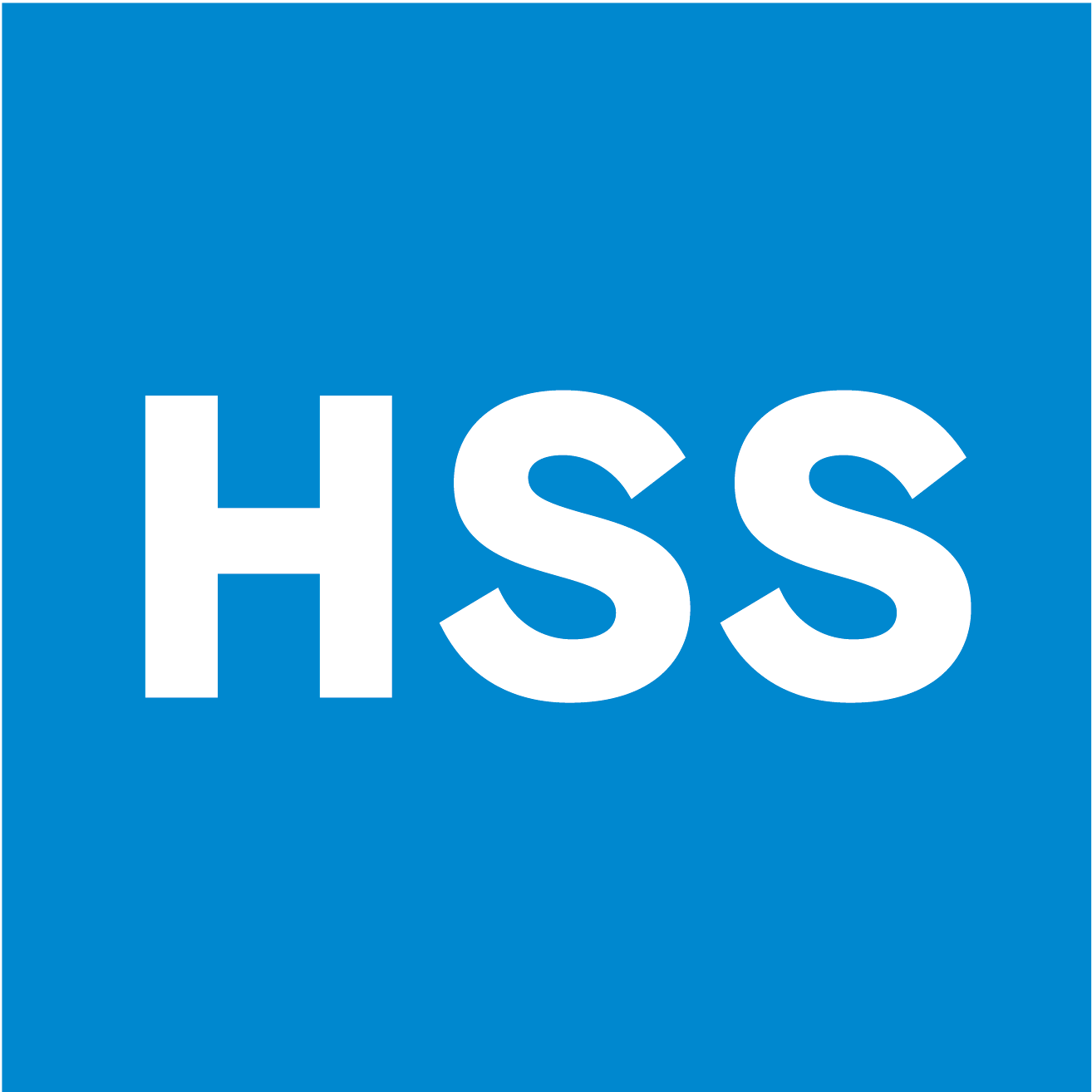Newswise — Physicians at Hospital for Special Surgery (HSS) have been studying patient outcomes of Parsonage-Turner Syndrome (PTS), an uncommon neurological disorder that results in a sudden paralysis of one or more muscles around the shoulder and arm.
A recent study(1) estimates that PTS affects approximately 1 in 1,000 people annually, which is 30-50 times more than previously estimated.
The majority of patients recover on their own, but those who don’t are afflicted with permanent partial loss of use of their arm. There is a lot of uncertainty around this syndrome, as the cause is unknown and each case is different. It occurs spontaneously in otherwise healthy people typically under 50 years of age, with men three times more likely to experience the condition.
"With exciting new MRI and ultrasound imaging protocols, we have identified tiny twists or 'hourglass' constrictions inside nerves that were previously healthy, allowing us to diagnose patients more quickly and predict those who may not recover," said Dr. Scott Wolfe, chief emeritus of Hand and Upper Extremity Service at HSS. "In order to save the affected muscle, we’ve identified surgical techniques that release the nerve and restore function in a matter of months."
"We are looking to determine what’s different about the patients who have the ability to recover," said Dr. Steve Lee, research director of the Center for Brachial Plexus and Traumatic Nerve Injury at HSS. "Gathering this data will give answers to patients who may be living with partial paralysis and no medical hope."
Typically, Parsonage-Turner Syndrome is a diagnosis of exclusion as there’s no blood test or biomarker to categorically conclude a patient has PTS. As a result, PTS is often misdiagnosed. The muscles and nerves involved are usually not part of standard diagnostic testing.
"Now that we’ve identified these smaller nerves and can reliably identify abnormalities with MRI, we want to find out why they occur, what they represent in the context of recovery and ultimately how they should be treated," said Dr. Darryl Sneag, radiologist at HSS.
"Diagnosing patients correctly and sooner is better for all parties," added Dr. Joseph Feinberg, medical director of the Center for Brachial Plexus and Traumatic Nerve Injury and chief emeritus of Physiatry at HSS. "Electrodiagnostic testing (EMG) helps us accurately diagnose patients and allow us to prognosticate outcome and better direct care. The patient will have peace of mind and can avoid unnecessary extensive testing, which ultimately equates to lower healthcare costs."
1 van Alfen N, van Eijk JJJ, Ennik T, et al. Incidence of neuralgic amyotrophy (parsonage turner syndrome) in a primary care setting – a prospective cohort study, PLoS One. 2015; 10(5); e0128361
About Hospital for Special SurgeryHospital for Special Surgery (HSS) is the world’s largest academic medical center focused on musculoskeletal health. HSS is nationally ranked No. 1 in orthopedics and No. 2 in rheumatology by U.S. News & World Report (2016-2017), and is the first hospital in New York State to receive Magnet Recognition for Excellence in Nursing Service from the American Nurses Credentialing Center four consecutive times. HSS has one of the lowest infection rates in the country. HSS is an affiliate of Weill Cornell Medical College and as such all Hospital for Special Surgery medical staff are faculty of Weill Cornell. The hospital's research division is internationally recognized as a leader in the investigation of musculoskeletal and autoimmune diseases. Hospital for Special Surgery is located in New York City and online at www.hss.edu.
